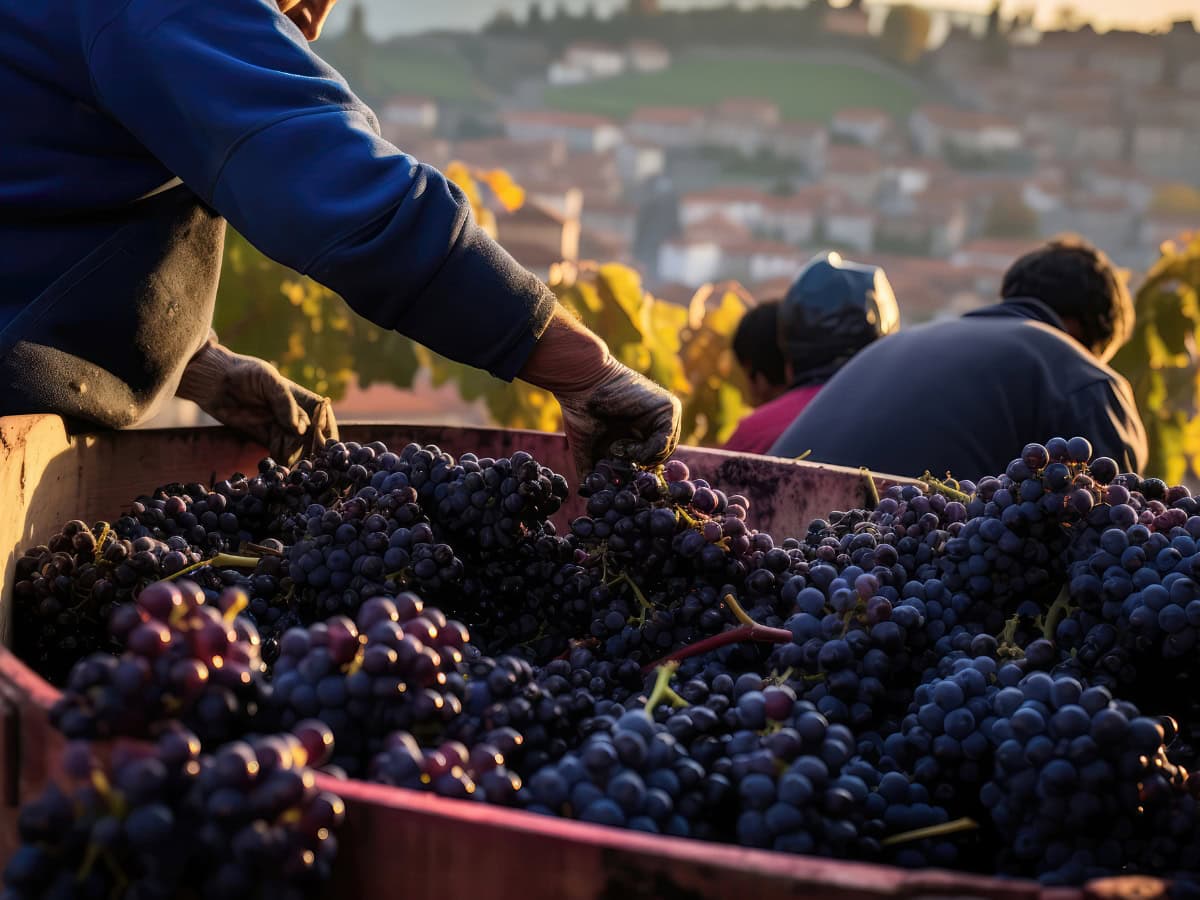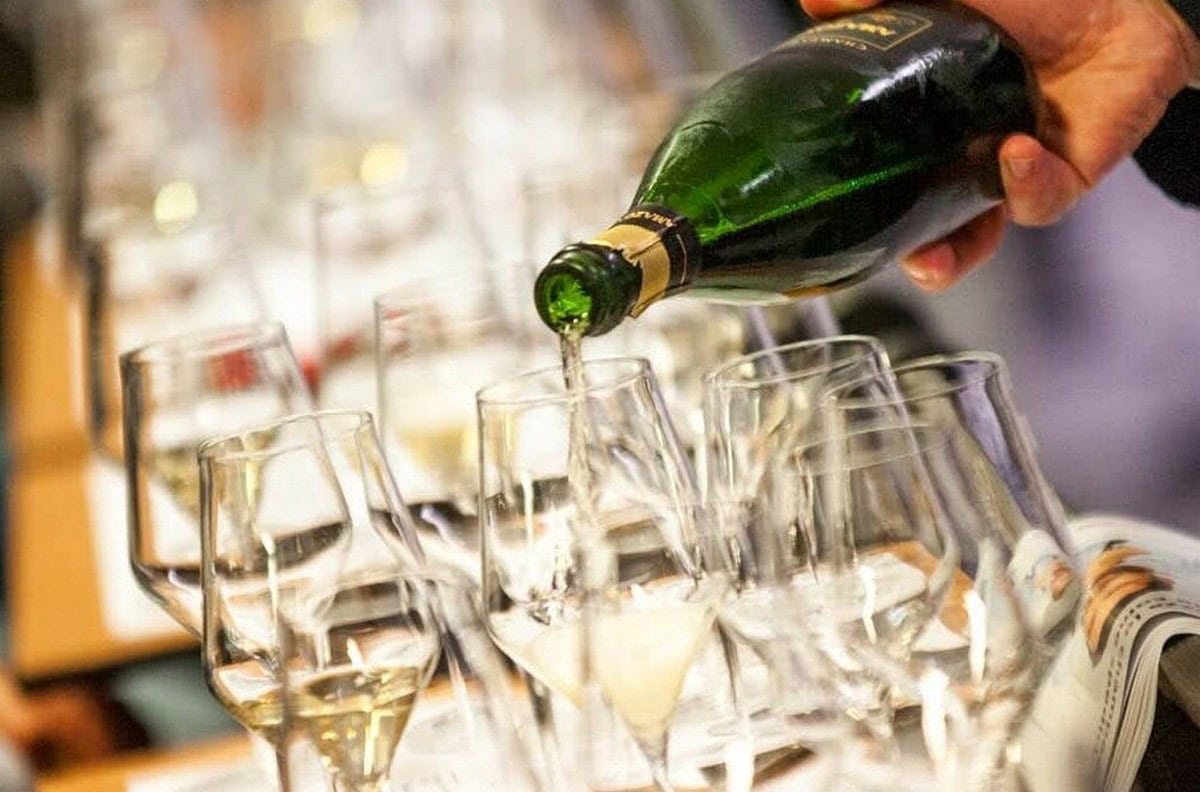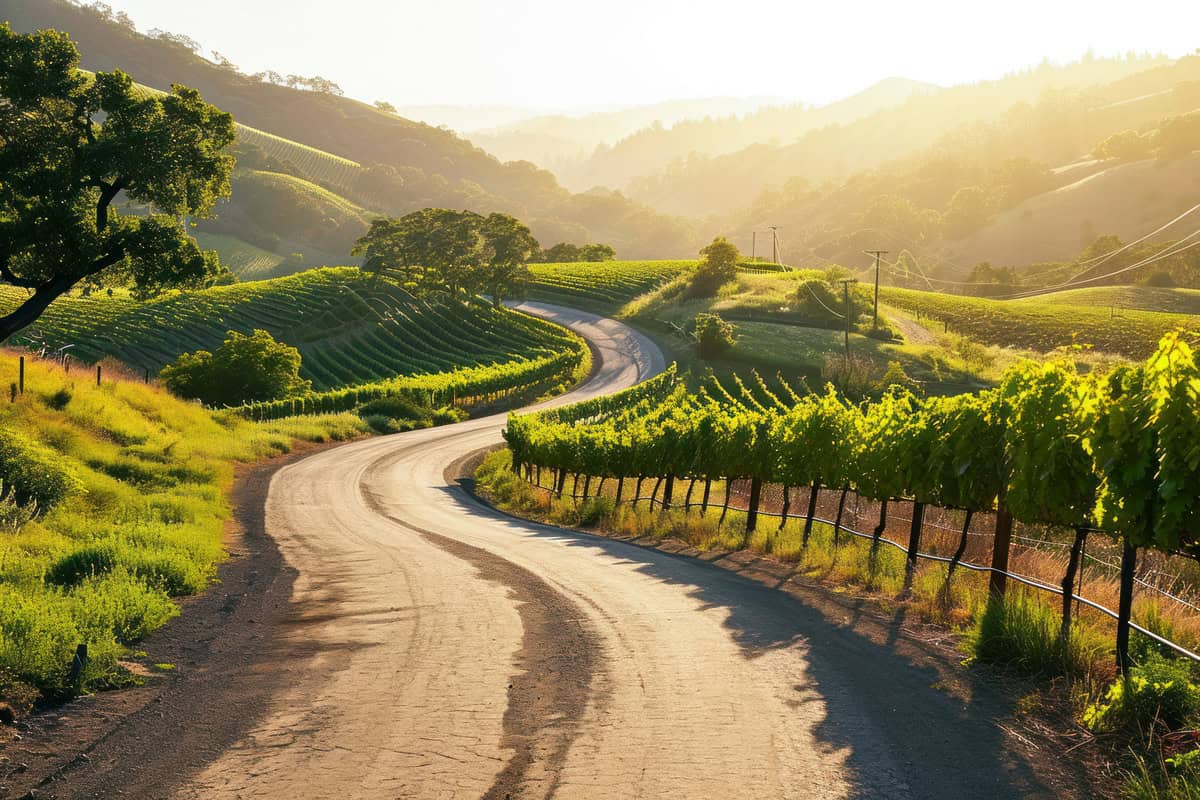Italy climbs the ranks in the global competitiveness of the wine sector. The data, which is from 2022 - the latest available - provides an interesting snapshot of how major producers, especially France, Spain, and of course, Italy, as well as smaller ones like Australia, the USA, Germany, and Chile, and potential big players like Brazil and China, are performing. According to the data from France Agrimer analyzed by AgrexConsulting, Italy has reclaimed the second spot on the global podium, ahead of Spain and behind France. In a post-pandemic context, analysts tried to answer one question: how did wine-producing countries respond to the inflation crisis that has gripped the world - a situation that has persisted into 2023/24?
Europe dominates the New World
The top three competitive markets remain unchanged, though there has been some shuffling of positions. France is in the lead (613 points), Italy climbs to second place (606), and Spain falls to third (583). This European trio jostles for the top spot but also manages to distinctly outpace non-EU countries. The USA (529), Australia (516), and Germany (484) follow at a distance, with Chile (476), South Africa (465), and New Zealand (451) even further behind. The report titled "Competitiveness Factors in the Global Wine Market" examines 13 markets through six elements, representing performance indicators: production potential, pedoclimatic and energy factors, companies' ability to conquer markets, market portfolio and balance of trade flows, investments, and macroeconomic context.
A three-way race for the future
France, Italy, and Spain appear unassailable by others. The year 2022 confirmed that major producing countries have shown resilience in international markets despite difficulties caused by inflation and the effects of the Russia-Ukraine war. Their positions are strengthened, also because, compared to previous years, the France Agrimer report highlights that Australia, Chile, Argentina, and South Africa are much less competitive and aggressive on the global stage. Thus, the future looks like a three-way race, with no other rivals in sight.
Italy on the podium but watch out for drought
Italy, the world's third-largest vineyard with 680,000 hectares, regains the second place lost a year ago, thanks to both an increase in volumes with the abundant 2022 harvest (50 million hectoliters) and very positive performance in sparkling wines. Italy is in good health ("bonne santé," as the French analysts write for 2022), but not without concerns, starting with water availability: "Only 30% of vineyard areas have irrigation systems," the report notes. Otherwise, Italy has managed to renew itself in mid-range and high-end commercial segments, leveraging a good reputation and a varied and well-recognized wine offer to consumers. Regarding exports, 2022 strengthened Italy's competitive position in foreign markets, while domestically, total consumption of 23 million hectoliters constitutes 71% of the country's alcohol consumption, demonstrating how wine is a solid cultural element and value in Italy.

Spain's reputation lags behind Italy's
From the world's largest vineyard (905,000 hectares) comes the third largest wine quantity. But Spain could do more if it better utilized water resources. Like Italy, about 35% of its vineyard areas have irrigation systems. Drought, more than vine diseases, is the real issue for Spain, although, over the years, as noted by France Agrimer, there have been progressive improvements. Commercially, Spanish wines' reputation is "less strong compared to Italian wines, although prices are very competitive." This is due to moderate production costs in light of modest yields per hectare. Despite this competitive advantage, rising production costs impacted sales. In volume, Spain was the second exporter in 2022, with weak domestic wine consumption (29% of the total produced). The cooperative sector is particularly influential, as in France and Italy. Lastly, Spanish scientific research is very dynamic, especially in improving and adapting vines to diseases and the climate crisis.

Spain vineyards Rioja - bearfotos da Freepik
France sets the standard for market conquest
Globally, France is the most competitive nation in the wine sector. With volumes that have kept it consistently in second place behind Italy since the mid-2010s (though in 2023 it surpassed Italy due to the latter's collapse), France has gone from an average of 55-60 million hectoliters in the early 2000s to 40-45 million, with about 790,000 hectares of vineyards. The 2022 season, recalls the France Agrimer report, was affected by the negative impacts of frost (an average yield of 59 hl/ha). Low yields limited the supply of entry-level wines. With just 5% of vineyards irrigated, production costs have increased due to labor and disease control. However, French vineyards are also oriented towards organic farming, with over 21% of the area involved. This could affect competitiveness: numerous certifications adopted by companies may hinder full value realization during periods of low consumer purchasing power. Despite this, France recovers in the overall ranking thanks to its extraordinary ability to conquer markets: good product value, brand notoriety, and visibility. On the export front, an average of $7.7/liter for still wines and $20.6/liter for sparkling wines makes France a strong competitor. Even if entry-level wines are scarce and there are few commercial brands, IGP and PDO wines compensate, representing well-known brands worldwide.

Challenging countries and their weaknesses
Behind the leading trio in the global competitiveness ranking, five producers maintain consistent positions: the USA, Australia, Germany, Chile, and Portugal. These challenging countries, however, fail to gain positions, merely swapping places from the previous year. US companies, particularly Californian ones, are competitive domestically but less so internationally due to high production costs. Australia, overtaken by the USA in the 2023 ranking, suffered from China's high tariffs on wine (removed only in 2024). Germany maintains an average reputation despite a vast wine offering, with competitive export prices despite having among the highest production costs of the 13 countries analyzed by France Agrimer. Chile, thanks to consecutive good vintages (fourth-largest exporter by volume and value), and an 86% irrigated vineyard, benefits from numerous free trade agreements across continents. However, exported productions are mainly entry-level, constrained by a few but significant brands. Lastly, Portugal, with the lowest vineyard yields (35 hl/ha) and one of the lowest irrigation percentages (5%), is best known abroad for fortified wines. It produces limited wine quantities but boasts a wide market differentiation. Brazil and China remain at the bottom of the ranking. Brazil produces 3 million hectoliters of wine annually, 85% of which is sold domestically, with low international reputation (mainly towards Paraguay) due to the prevalence of low-priced wine; additionally, the country struggles with vine diseases. China has lost 46% of its vineyard area in production over five years, also due to a significantly declining domestic demand.



 Why Arillo in Terrabianca's organic approach is paying off
Why Arillo in Terrabianca's organic approach is paying off What do sommeliers drink at Christmas?
What do sommeliers drink at Christmas? The alpine hotel where you can enjoy outstanding mountain cuisine
The alpine hotel where you can enjoy outstanding mountain cuisine Io Saturnalia! How to celebrate the festive season like an Ancient Roman
Io Saturnalia! How to celebrate the festive season like an Ancient Roman





